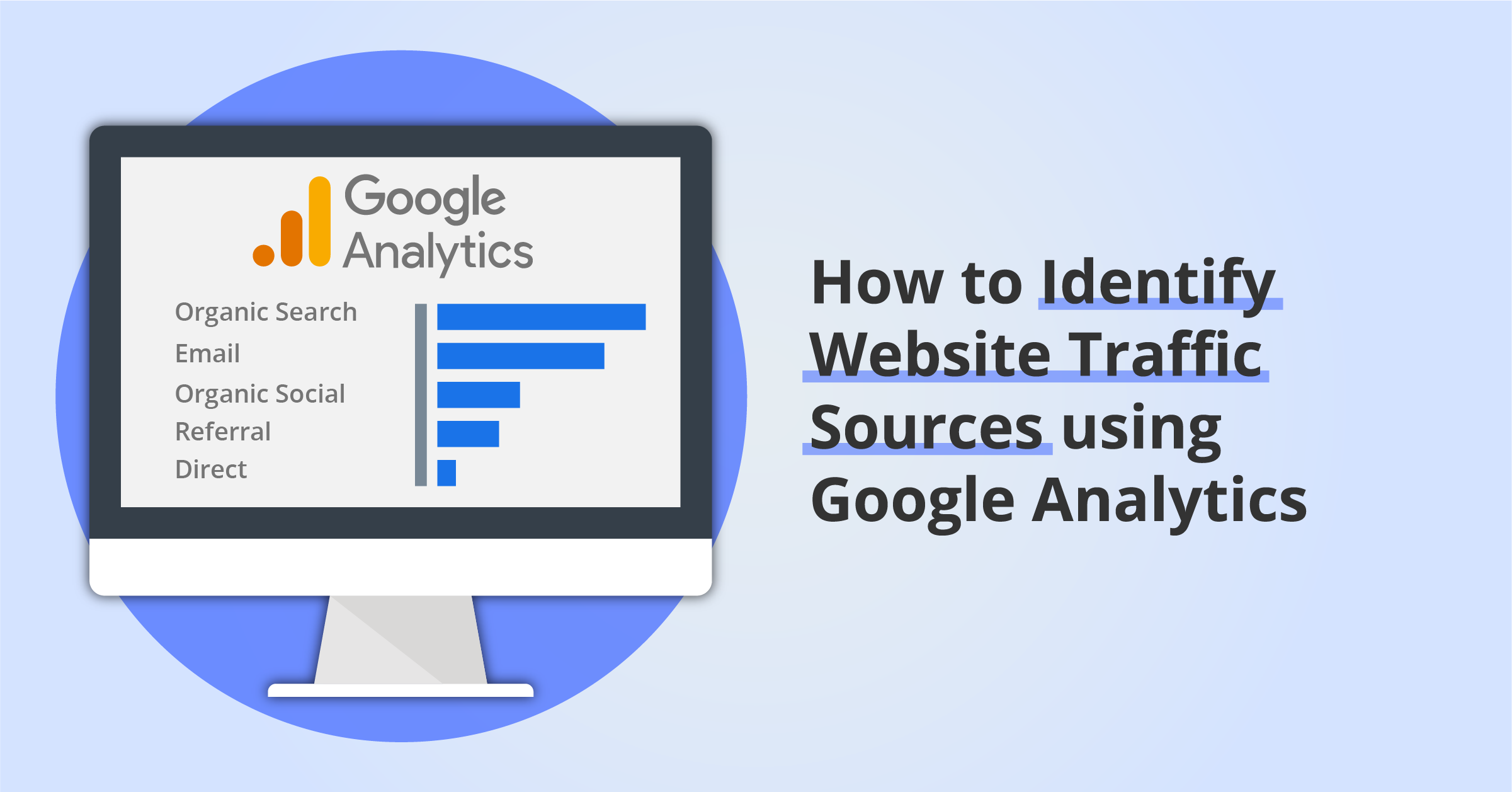A Comprehensive Guide to Secondary Dimensions in Google Analytics: Introduction Its Role in Data Analysis
Wiki Article
Unveiling the Impact of Secondary Dimension in Google Analytics on Information Analysis and Insights
In the realm of information analytics, the usage of second dimensions within Google Analytics has actually become a pivotal device for drawing out deeper insights and unraveling facility patterns that might or else continue to be covered. By peeling back the layers of primary information sets, additional dimensions provide a nuanced perspective that improves the understanding of user habits, internet site performance, and the performance of advertising strategies. Nevertheless, truth effect and untapped possibility of secondary dimensions are often undervalued, outweighed by the allure of main metrics. As we navigate through the complex landscape of information evaluation, the importance of additional measurements comes to be increasingly obvious, clarifying crucial details that hold the secret to educated decision-making and strategic optimizations.Exploring the Principle of Additional Measurements
Secondary measurements in Google Analytics offer additional insights by permitting users to assess primary information in combination with an additional attribute. By integrating second dimensions, customers can delve much deeper right into the data and uncover important relationships that may otherwise go undetected - what is a secondary dimension in google analytics.Comprehending the idea of second dimensions is critical for making best use of the potential of Google Analytics. It permits users to segment information successfully, identify patterns, and make educated decisions based upon a much more complete photo of their analytics information. By exploring the different additional measurements readily available in Google Analytics, users can unlock new understandings and maximize their electronic marketing efforts. Essentially, second dimensions act as an effective tool for boosting information evaluation and driving actionable results.
Enhancing Data Interpretation With Second Dimensions
Having actually established the foundational understanding of additional dimensions in Google Analytics and their essential duty in data evaluation, the focus now changes in the direction of leveraging these second attributes to improve the analysis of analytics information (what is a secondary dimension in google analytics). By including second dimensions into data evaluation, analysts can acquire much deeper understandings right into customer habits, internet site efficiency, and marketing performance

Additionally, secondary dimensions help in contextualizing key data metrics by offering added layers of info. This contextualization aids in understanding the 'why' behind the information fads, assisting analysts make notified choices and optimizations to enhance total efficiency. Eventually, integrating additional dimensions improves the information analysis procedure, resulting in even more purposeful understandings and calculated activities.
Revealing Hidden Insights Through Additional Dimensions
Exploring the depths of analytics information with secondary measurements discloses useful insights that would or else remain covered. By integrating additional dimensions in Google Analytics, organizations can uncover covert patterns, fads, and relationships that supply a more comprehensive understanding of user behavior and web site efficiency. These added layers of information permit experts to delve deeper into the key measurements, such as web traffic sources or touchdown pages, and get an extra nuanced viewpoint on exactly how various variables connect with each other.Through the usage of additional measurements, experts can segment and compare data across different measurements, enabling them to determine particular elements that influence individual involvement, conversion rates, and general success metrics. By combining the key measurement of 'tool group' with the additional dimension of 'age group,' online marketers can pinpoint which age demographics prefer accessing the web site with mobile tools versus desktop computers.
Leveraging Additional Measurements for Actionable Analytics
Structure upon the understandings introduced via second measurements in Google Analytics, organizations can now harness this enriched data landscape to drive workable analytics and critical decision-making. By leveraging second measurements, organizations can delve deeper right into their information to remove beneficial patterns, patterns, and connections that may have formerly gone browse around here undetected. This deeper level of evaluation enables services to acquire an extra extensive understanding of user actions, project performance, and general website effectiveness.One secret advantage of using secondary measurements for actionable analytics is the capability to section data based on certain criteria. This segmentation permits companies to customize their projects and approaches to various audience groups, resulting in a lot more targeted and reliable marketing initiatives - what is a secondary dimension in google analytics. In addition, additional measurements give an even more all natural view of customer communications, enabling companies to enhance their internet site web content, design, and overall user experience
Optimizing Decision-Making With Second Measurements
To boost critical decision-making in analytics, leveraging second measurements in Google Analytics can provide a more nuanced perspective on user behavior and project efficiency. By incorporating second dimensions right into information evaluation, businesses can delve deeper into the specifics of their site visitors' communications and involvement patterns. This added layer of info allows for a much more extensive understanding of how various variables, such as demographics, gadgets, or traffic resources, influence vital efficiency indications.
Final Thought
To conclude, using additional dimensions in Google Analytics plays an essential role in boosting information analysis and discovering hidden insights. By exploring this idea, one can obtain a deeper understanding of individual behavior and make informed decisions based upon actionable analytics. Leveraging additional measurements allows for a much more extensive analysis of information and makes the most of the performance of decision-making processes.
Report this wiki page